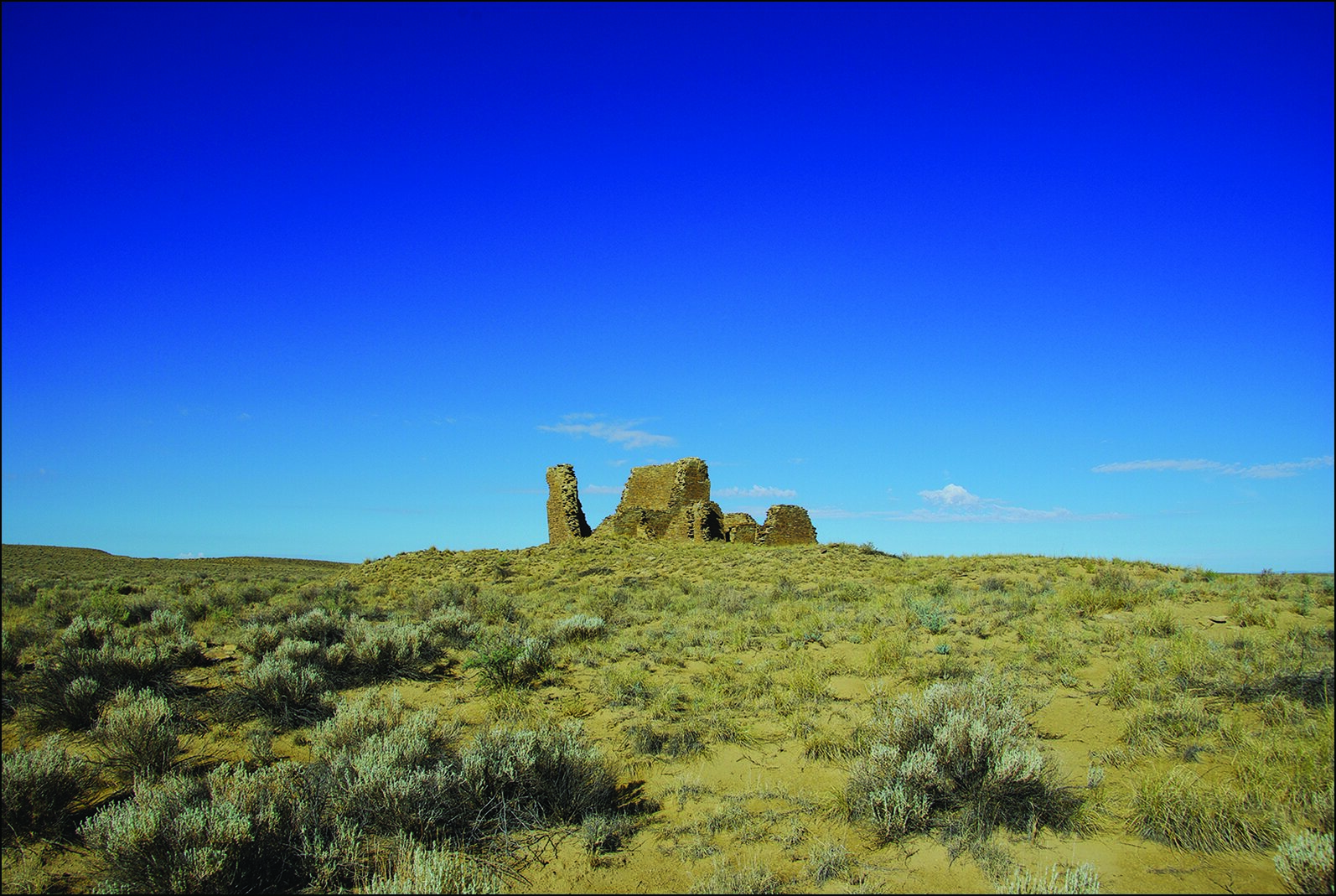Archaeologists suggest that sound, specifically the haunting call of conch-shell trumpets, played a crucial role in structuring pre-Columbian Pueblo communities.
Chaco Canyon, a bustling metropolis from 850 to 1150 AD, sits at the heart of this story. This ancient city, located in present-day northwest New Mexico, was surrounded by smaller Chacoan communities, each meticulously organized with a central great house at its core. Interestingly, conch-shell trumpets, instruments used in contemporary Pueblo rituals, have been unearthed in burial sites within Chaco Canyon, despite the shells themselves originating over 1,000 kilometers away. This discovery hints at the profound significance these instruments held for the Chacoan people.
While the importance of sound in Chaco Canyon’s ritualistic practices was previously established, archaeologists remained curious about its influence beyond the canyon walls. Did these outlying communities also share a similar reverence for auditory experiences?
Professor Ruth Van Dyke, lead author of the study from Binghamton University, explains their focus: “Chaco Canyon is surrounded by over one hundred understudied great house communities. We wanted to see if these outlying communities displayed connections between their landscapes, community layouts, and sound, mirroring what we observed in Chaco Canyon itself.”
To answer this question, Professor Van Dyke and her team, consisting of researchers from various US institutions, employed a cutting-edge tool called Soundshed Analysis. Developed by co-author K.E. Primeau, this model allows researchers to digitally simulate the sound produced by a conch-shell trumpet within a specific environment. The model factors in various elements, including the type of sound itself, elevation changes, and even ambient noise levels, to calculate the distance the sound can travel.
The study, published in the journal Antiquity, focused on five Chacoan communities. The researchers digitally modeled the sound of a conch being blown from the central great house in each community to determine if it could reach all the surrounding dwellings.
The results were astounding. The model revealed that if someone were to blow a conch-shell trumpet from the great house in any of the five communities, the sound would have effectively blanketed almost all the surrounding settlements. This compelling evidence suggests the ancient Pueblo people might have strategically planned their land use and even the layout of their communities based on the reach of these trumpets.
The sound of the conch could have served as a powerful tool for signaling communal activities, such as religious ceremonies. Professor Van Dyke elaborates on this concept, drawing a fascinating parallel: “This is not unlike the way a medieval church bell would call a community to mass.”
This groundbreaking research sheds light not only on the social fabric of ancient Pueblo communities but also on the importance of preserving their soundscapes. “Soundscapes were fundamental aspects of how people experienced their world,” emphasizes Professor Van Dyke. “They played a vital role in social interactions within these ancient societies. Therefore, managing archaeological and heritage sites needs to consider the auditory environment as well.”
The haunting call of the conch continues to resonate across the centuries, offering a glimpse into the ingenious ways sound shaped the lives of the ancient Pueblo people. As research delves deeper, these sonic echoes promise to reveal even more captivating stories about their rich cultural heritage.
